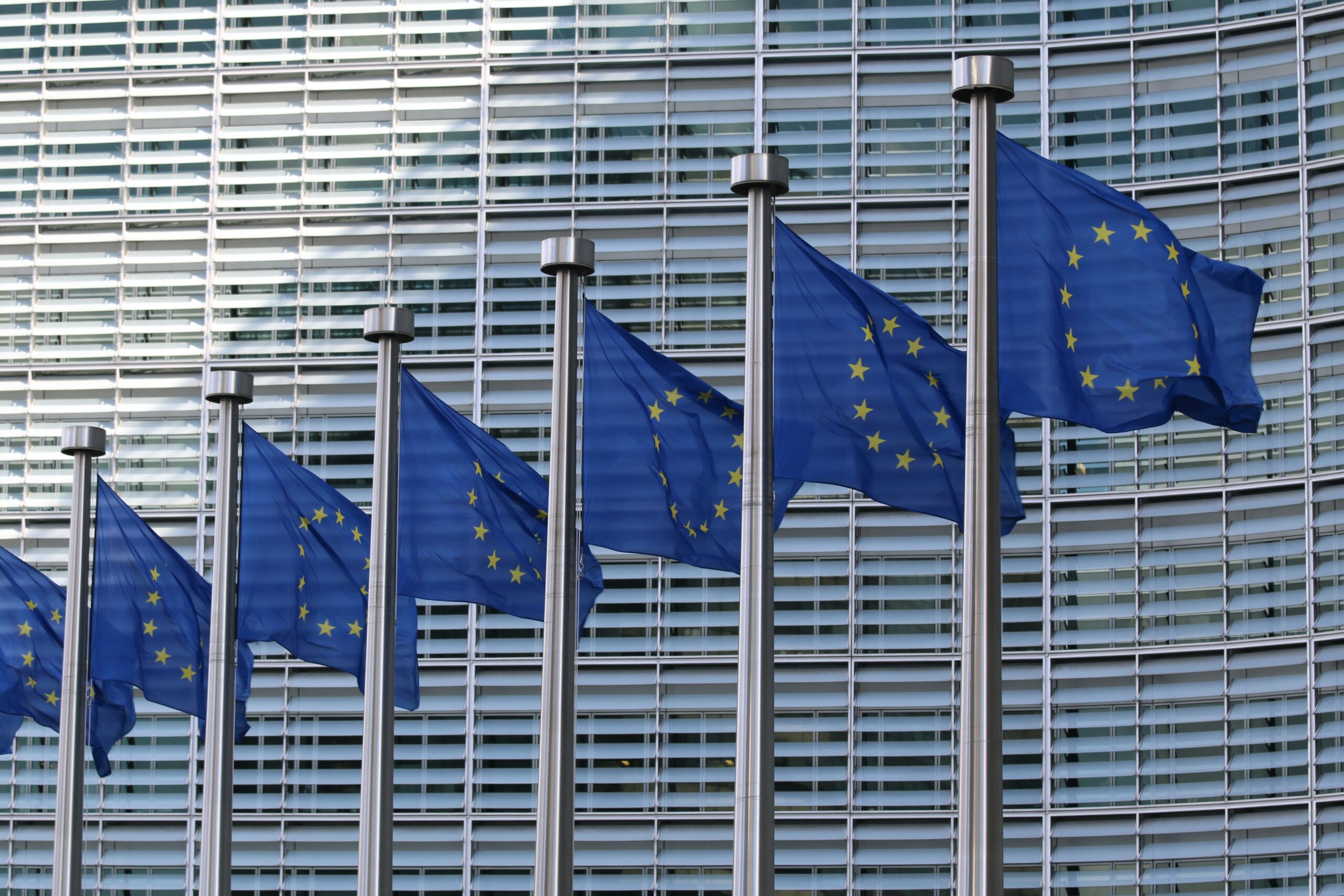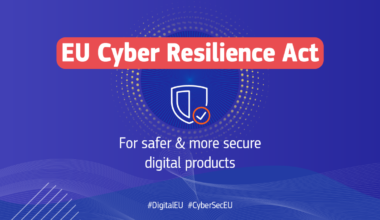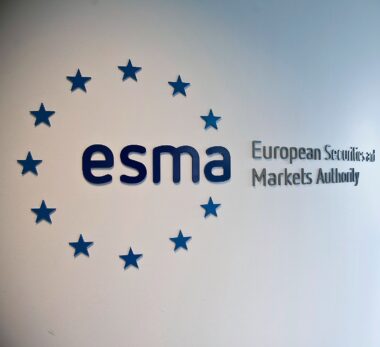On 19 October 2022, the EU Council declared that a political agreement had been reached with the EU Parliament on the revision of the ELTIF Regulation[1]. As a result of subsequent inter-institutional discussions aimed at refining the text of the Political Agreement[2], the EU co-legislators have now published the draft text of the agreement reached[3].
The Provisional Agreement outlines changes to the ELTIF Regulation to make its framework more attractive and easier to participate in and seeks to channel more funding to small and medium-sized enterprises and long-term projects. To this end, the revised ELTIF framework dramatically expands the investment universe, removes barriers to investment for professional investors and makes it easier for ordinary investors to invest in ELTIFs, while providing robust investor protection.
Background
The original ELTIF Regulation entered into force on 19 May 2015 with the aim of generating and channelling resources into long-term European investments in the real economy, in line with the EU’s broader objective of smart, sustainable and equitable growth.
The ELTIF framework initially attracted much attention, in particular because the ELTIF Regulation allowed funds qualifying as ELTIFs to be marketed to retail investors using an EEA-wide passport, similar to the passport available to professional investors under the Alternative Investment Fund Managers Directive (AIFMD).
However, over time it has become clear that the original ELTIF Regulation has not delivered the expected result. As of October 2022, there were only 81 ELTIFs registered across the EEA[4]. The number of funds is still exceptionally low compared to, for example, the Luxembourg Reserved Alternative Investment Fund (RAIF) system, which was created just one year later and saw a much broader involvement.[5]
To encourage the adoption of the ELTIF as a main fund structure for long-term investments, the EU co-legislators decided to further enhance the design flexibility of the ELTIF and to increase its attractiveness by simplifying its distribution.
ELTIF is a European Union label for alternative investment funds that target long-term investment in EU companies and infrastructure by combining private and institutional investors’ money. ELTIFs are registered in the ELTIF register, a central public register listing all ELTIFs authorised under the ELTIF Regulation (50 of which are domiciled in the Grand Duchy of Luxembourg). In 2021, the net assets under control of ELTIFs will only reach approximately EUR 2.40 billion.[6]
Today, more than ever, it is important to promote and enable long-term financing in the Union. In response to the lack of interest in ELTIF I, a comprehensive review of the ELTIF legal framework is underway. As Luxembourg is already at the forefront of this sector (although the market is now modest), the Luxembourg fund industry is following developments in this area with great interest.
Major changes
Given the range of fund vehicles currently available in Luxembourg, some of which are subject to far fewer restrictions than the ELTIF, the benefit of the ELTIF to institutions seems unclear. However, unlike a typical alternative investment fund, ELTIF has an EU label and an EU cross-border passporting framework for retail investors. In principle, the ELTIF review aims to make the fund more attractive to retail investors by removing the minimum initial investment of EUR 10,000 and the 10 per cent total investment limit, thereby positioning the ELTIF as the leading retail alternative investment fund product.
ELTIF II will significantly broaden the scope of eligible assets. It will allow investments in EU AIFs managed by EU AIFM and invested in ELTIF eligible assets, in addition to what is already available under the existing framework. It will allow investments in simple, transparent and standardised securitisations, as well as investments in green bonds issued in line with the planned Green Bond Regulation currently being drafted by EU policymakers. It also provides a streamlined definition of ‘real assets’ and removes the minimum requirement for real estate strategies, which could increase the number of ELTIFs investing in infrastructure.
As noted above, the existing ELTIF framework includes fairly stringent standards that apply to both retail and professional investors but are not necessarily suitable for professional investors who want less protection. As a solution, the ELTIF reform will create more flexible rules that are tailored to the appropriate type of investor. ELTIFs issued to professional investors will be exempt from the risk diversification rules and will be allowed to use leverage up to 100% of the ELTIF’s capital (instead of the current 30% limit). The requirement for ELTIF managers to conduct a suitability test and provide written notification in the event of excessive risk taking provides additional protection for ordinary investors.
Global Portfolio ELTIF-eligible assets must reflect long-term investment in the real economy and contribute to financing the sustainable growth of the Union’s economy. Although the eligibility of ELTIF assets does not depend on whether they are green or not, the ELTIF mindset is most closely associated with the current ESG trend in the fund industry, driven primarily by the SFDR and the Taxonomy Regulation. In terms of eligible assets, the ELTIF II plan aims to increase the geographic and asset type diversification of the ELTIF portfolio.
In order for the ELTIF to be authorised to invest directly in “real assets”, the current ELTIF structure requires that individual real assets be valued at a minimum of EUR 10,000,000. The updated framework will reduce this limit to EUR 1,000,000.
A “Qualifying Portfolio Undertaking” is a second eligible asset for ELTIF. The ELTIF Regulation stipulates that investments in equity or quasi-equity instruments of the qualifying portfolio undertaking can only be made if these companies are majority-owned subsidiaries of the ELTIF, thereby limiting the potential breadth of the eligible asset base. Under the reform, ELTIFs will be able to make minority co-investments in investment opportunities, giving them greater flexibility in implementing their investment strategies, attracting more promoters of investment projects and broadening the range of eligible target assets, all of which are essential for the implementation of indirect investment strategies. Finally, ELTIF II expands the geographical scope of infrastructure projects in which ELTIF can make long-term investments. Previously, the “actual assets” eligible for ELTIF were tied to projects that contributed to the EU’s goal of smart, sustainable and inclusive growth. The proposal aims to extend the definition of real assets to include any asset that has intrinsic value by virtue of its substance and qualities, irrespective of whether it is located inside or outside the Union. The current ELTIF II proposal goes even further by allowing the majority of an ELTIF’s assets, or its main source of income or profit, to be located in a third country.
In conclusion, the revision of the ELTIF Regulation will undoubtedly increase the attractiveness of ELTIFs. As the obvious market leader for ELTIFs, Luxembourg will benefit from the new rules. Nevertheless, the EU passport for retail investors and the “ELTIF label”, which can be advantageous from a distribution perspective, remain the main reasons for choosing an ELTIF over a traditional Luxembourg fund. Of course, the additional general freedom of the operating standards is also highly appreciated.
Next steps and conclusion
It is expected that the EU Parliament will adopt the proposed amendment at its plenary session on 13 February 2023 and that the adopted text will be published in the Official Journal of the EU in March 2023. Two years after the introduction of the amended ELTIF Regulation, a decision will be taken as to whether a “Green ELTIF” designation should be reserved for ELTIFs that meet certain sustainability standards under the Sustainable Finance Disclosure Regulation (SFDR).
ELTIF II is already attracting a great deal of attention from industry players, as it aligns well with the government’s goal of unlocking private funding for much-needed European infrastructure and other long-term projects. ELTIF II also allows retail investors to invest in assets other than equity markets or UCITS funds, thereby increasing diversification and risk spreading, while maintaining specific safeguards and protections.
The realisation of private funds has attracted considerable interest, particularly in Luxembourg, where the Part II fund (which can also be combined with the ELTIF regime) provides an additional route for asset managers to offer retail investors access to private market assets. There has been significant growth in this sector over the past year, with many of the world’s largest asset managers exploring these structures. It is expected that ELTIF II will continue to attract significant interest and growth for this type of fund, particularly in Luxembourg, which is ideally positioned to benefit from this new regime due to its global reputation as a safe and well-established location for investment funds, its favourable local legal framework and the experience and expertise of local service providers in this field.
Sources
- https://eur-lex.europa.eu/legal-content/EN/TXT/?uri=CELEX%3A32015R0760 ↑
- https://www.consilium.europa.eu/en/press/press-releases/2022/10/19/european-long-term-investment-funds-provisional-agreement-reached/ ↑
- https://data.consilium.europa.eu/doc/document/ST-15768-2022-INIT/en/pdf ↑
- https://home.kpmg/xx/en/home/insights/2022/10/alternative-asset-management.html ↑
- https://www.alfi.lu/en-gb/pages/setting-up-in-luxembourg/alternative-investment-funds-legal-vehicles/raif-(luxembourg-reserved-alternative-investment-f ↑
- https://data.consilium.europa.eu/doc/document/ST-7706-2022-INIT/en/pdf ↑








